Predicting breast self-examination awareness in Sub-Saharan Africa using machine learning
JUNE 3, 2025
We employed a total weight of 133,425 from the Demographic and Health Survey using STATA Version 17, MS Excel 2016, and Python 3.10 The Decision Tree model was the best-performing one, with an accuracy of 82% and an AUC of 0.87. for data management.

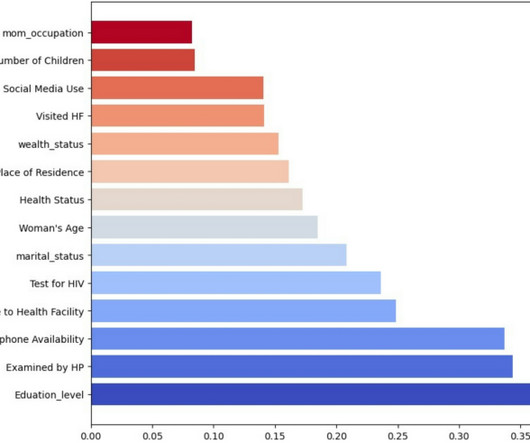
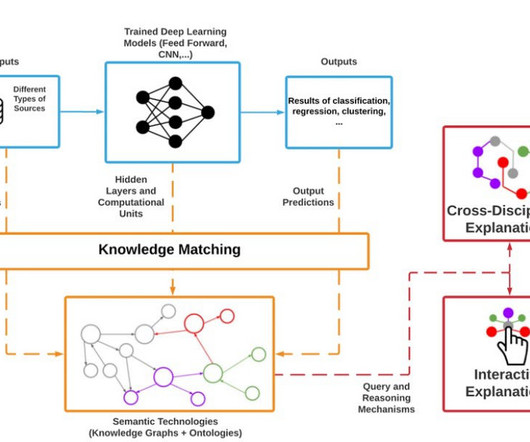
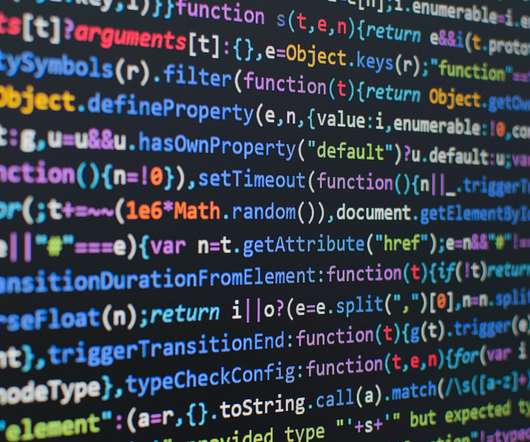
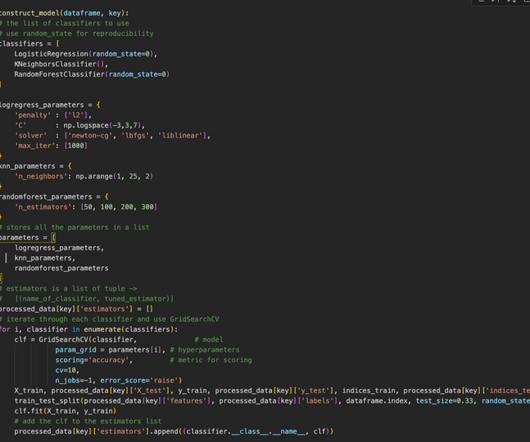
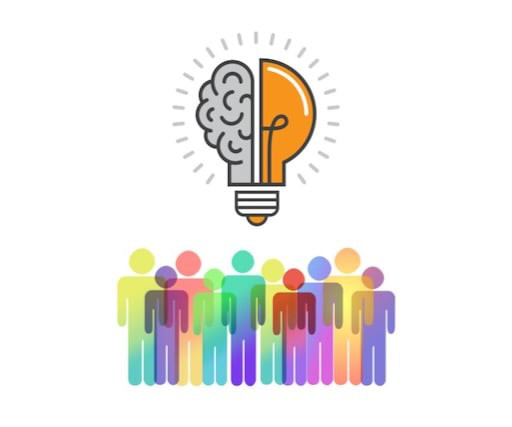






Let's personalize your content